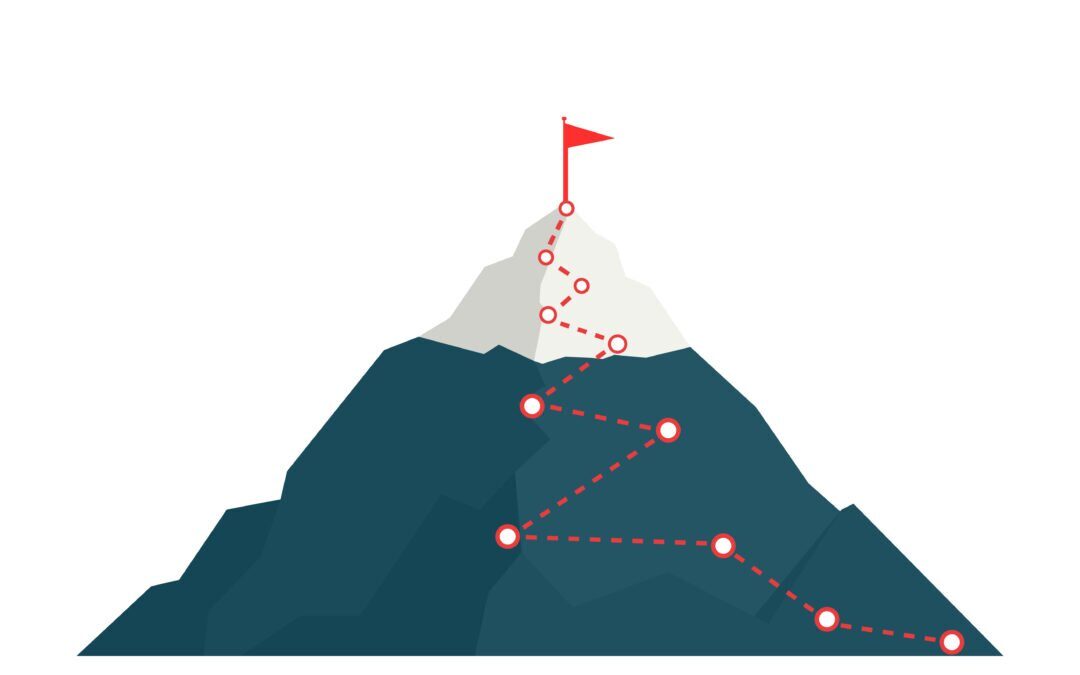I am asked how I started my career pretty often, as it’s pretty unusual to be a fashion designer working in healthcare and so I thought I’d elaborate here. I was trained as a traditional fashion designer – I went to school for apparel design and worked in the industry, but I quickly realized I needed something more. I wasn’t feeling fulfilled working in fashion.
Don’t get me wrong, it was fun and creative, but it didn’t seem to have the depths of impact that I was looking for. I wanted to do work that felt meaningful and real for me. That’s a tough thing to define, and naturally I wasn’t quite sure what I was looking for, but I decided to go back to school and get a graduate degree. I thought this experience would give me the opportunity to explore fashion and design at a deeper level.
During my time in graduate school, I had the good fortune to hear a presentation by Dr. Cole Galloway, the founder of GoBabyGo. GoBabyGo is an international association focused on community workshops teaching families how to build assistive technology for children with disabilities. Essentially, Cole teaches others how to build wheelchairs for children that are based on powered ride-on cars for kids.
These mobility devices are not only more practical and inexpensive than traditional pediatric wheelchairs, they are also kid-friendly! Kids using these adaptive devices attract other kids to play with them, versus the stigma that a large bulky power wheelchair may have.
Cole is an amazing speaker and I was so inspired to want to help his cause! The idea of user-centered assistive technology was revolutionary to me and I soon began volunteering with Cole’s lab.
At the lab I worked on a project called The PlayskinLift. The PlayskinLift was the brainchild of Cole’s research scientist, Michele Lobo, and he designed an exoskeletal garment for children with disabilities that helped children move and play. This project was pivotal for me; once I worked on the PlayskinLift project with the research team and saw the impact clothing could have on quality of life, I never looked back.
The other part of my story is that my career is also inspired by my work as a caregiver. I spent many years as a caregiver to my late husband. John had a chronic illness that effected his daily routine, his independence, and his overall quality of life. That experience informed my understanding of patient needs and my core values as a researcher: every project must begin with empathy and understanding of patient & caregiver needs.
These experiences helped direct me down a path where it made sense for me to combine my skill in fashion with my experiences in healthcare, and while people still seem perplexed by the merging of these two disciplines, now that I am working and researching in this area, it seems like a natural fit to me!

